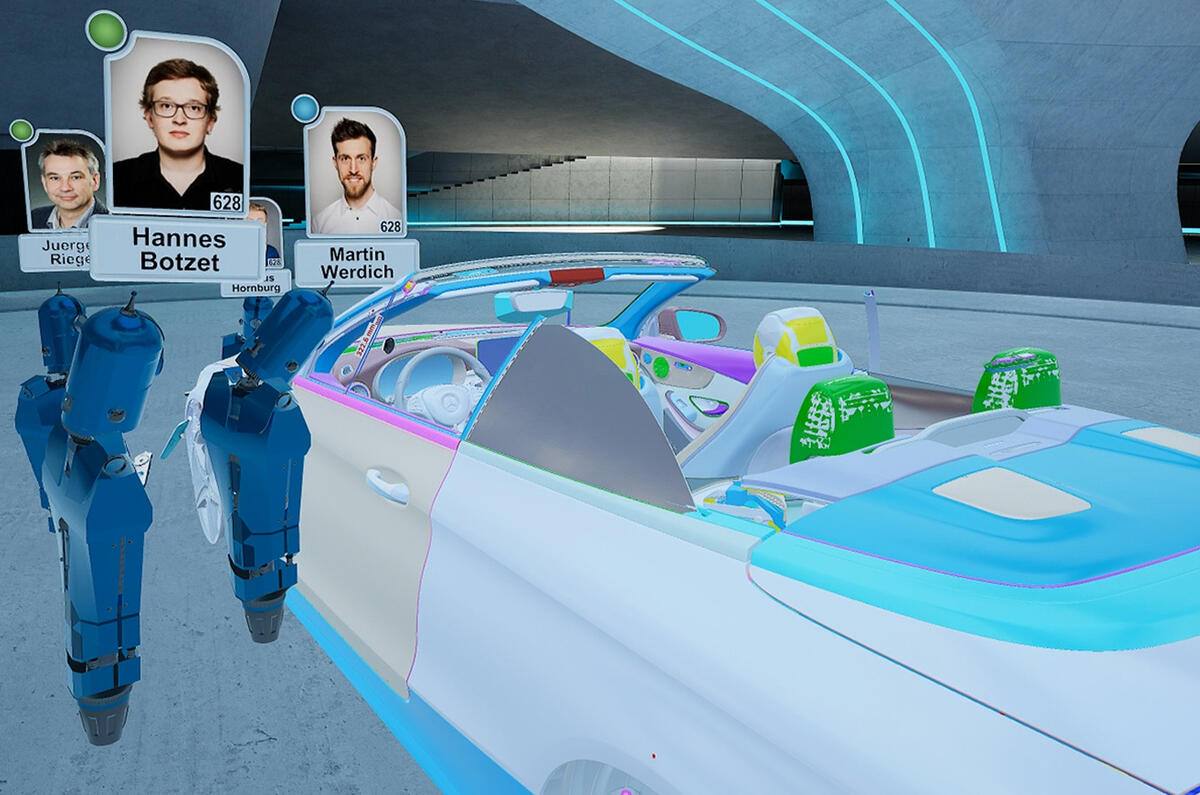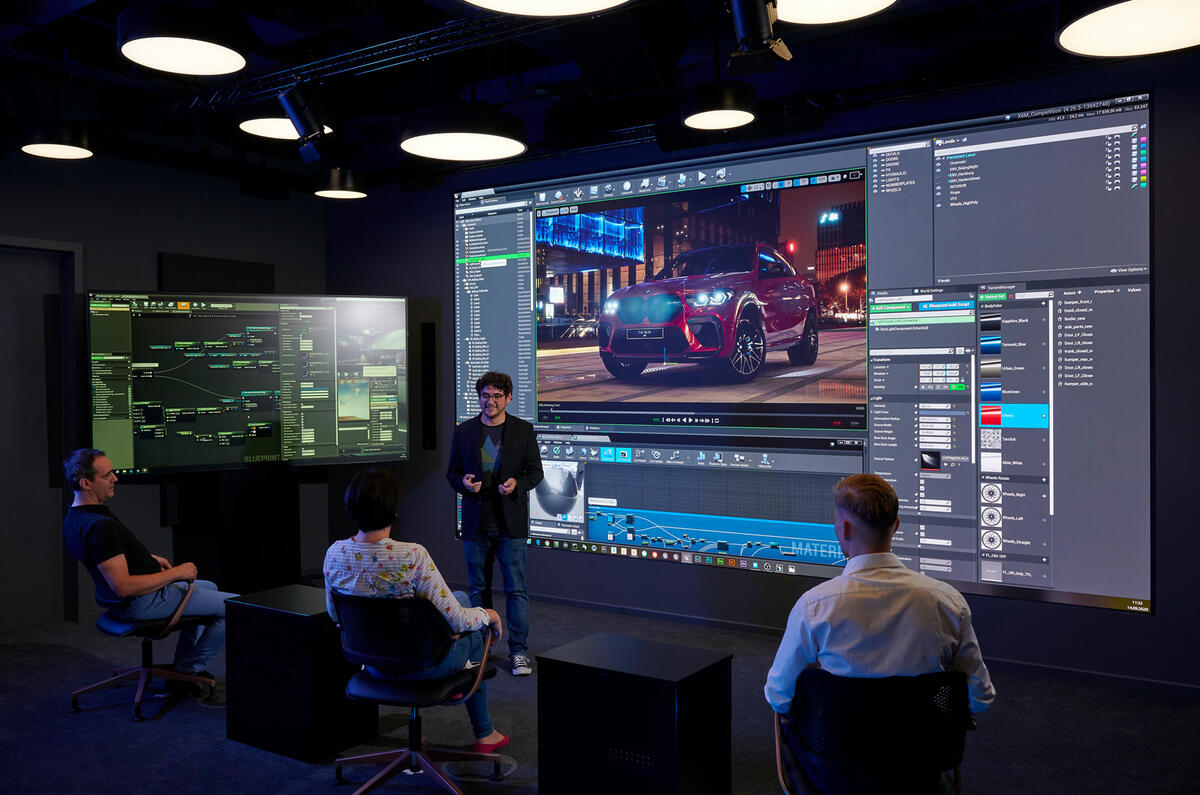When two worlds collide, it’s to be expected that the status quo will change dramatically, and that’s what could be about to happen in the car industry when the ‘metaverse’ arrives.
Nobody knows when that will happen, but those in and around the software industry are convinced it won’t be long. ‘Metaverse’ means physical reality, augmented reality and virtual reality all rolled into one; and to some extent, it’s already here. It’s a way in which people can interact with each another and objects via virtual avatars, mixing reality with a virtual representation of a world.
One of the keys for making the metaverse a reality is Unreal Engine, a software framework developed by Epic Games that underpins a vast array of online video games today. These include the world’s biggest, Fortnite, which is estimated by Unreal Engine business development manager Doug Wolff to have 350-400 million players from around the world interacting in its online environment.
“We’ve believed for some time that the metaverse will become a reality, where the internet goes 3D and is a persistent digital world,” said Wolff. “That old trope of going into cyberspace will become a real thing, and it’s rapidly on its way to becoming so.
“The idea that a tool known for making video games is somehow relevant in this way is new, and it has taken a while for people to understand that, one, this revolution is taking place and, two, that an automotivecompany needs to take notice.”
By switching online game developers for car designers, engineers and marketeers, the gaming software becomes a tool for creating new cars, and it’s formidably powerful, because of its simplicity of use. Except in some advanced circumstances, designers and engineers no longer need programmers between them and the things they imagine.















Join the debate
Add your comment
".....and both manufacturers and their customers stand to benefit."
I don't pretend to understand all this, but how will the customer benefit exactly?